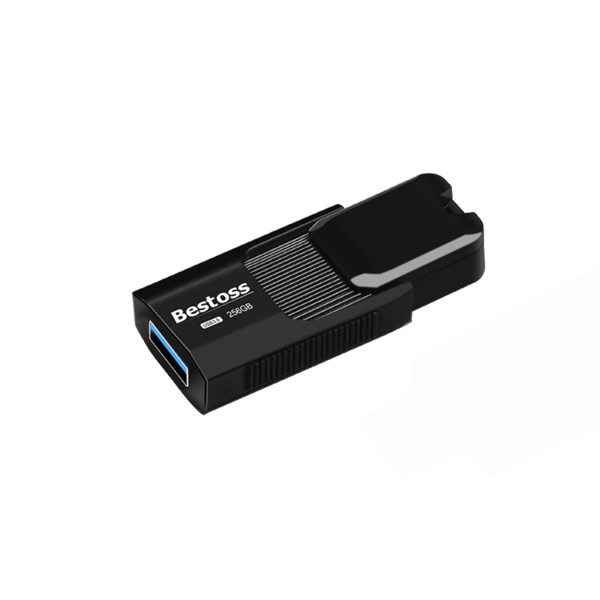
USB flash drives have become an integral part of our daily lives, offering a convenient and portable solution for storing and transferring data. However, not all USB flash drives are created equal, and understanding the different types of USB interfaces is essential for making the right choice. In this article, we will delve into the various USB flash drive interfaces, helping you make informed decisions for your data storage needs.

USB 2.0, also known as Hi-Speed USB, was the standard for many years. It offers a data transfer rate of up to 480 Mbps (megabits per second) and is suitable for basic data storage and transfer. While it's widely compatible with most devices, it's not the fastest option available.
USB 3.0, also known as SuperSpeed USB, offers a significant improvement in data transfer speed, with rates of up to 5 Gbps. This interface is ideal for those who frequently transfer large files, such as high-definition videos or extensive datasets. USB 3.0 is backward compatible with USB 2.0, making it a versatile choice.
USB 3.1 is the next step up, providing even faster data transfer rates of up to 10 Gbps. It's perfect for professionals and enthusiasts who require lightning-fast transfer speeds. This interface is often found in high-performance USB flash drives designed for demanding tasks.
USB Type-C, or simply USB-C, is a versatile connector that has become increasingly popular. It offers high data transfer rates and is reversible, meaning you can insert it into a port in any orientation. USB-C is compatible with a wide range of devices, including laptops, smartphones, and tablets.

When selecting a USB flash drive, consider your specific needs:
For basic data storage and transfer, USB 2.0 is sufficient.
If you frequently handle large files or require faster transfer speeds, opt for USB 3.0 or 3.1.
USB-C is a great choice if you need a versatile connector that works with various devices.
Understanding the different types of USB flash drive interfaces is essential for making an informed decision when it comes to data storage and transfer. Whether you need the versatility of USB-C, the speed of USB 3.0 or 3.1, or the affordability of USB 2.0, there's a USB flash drive interface that suits your needs.
At Bestoss, we offer a wide range of USB flash drives with various interfaces to cater to different requirements. Our high-quality products are designed to provide reliable and efficient data storage solutions. Contact us today to explore our selection and find the perfect USB flash drive for your needs.